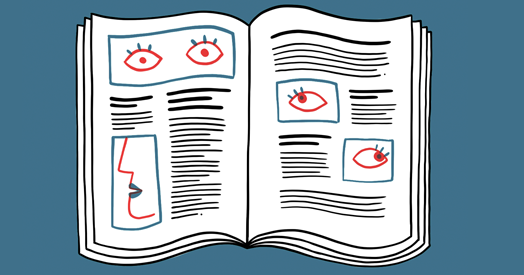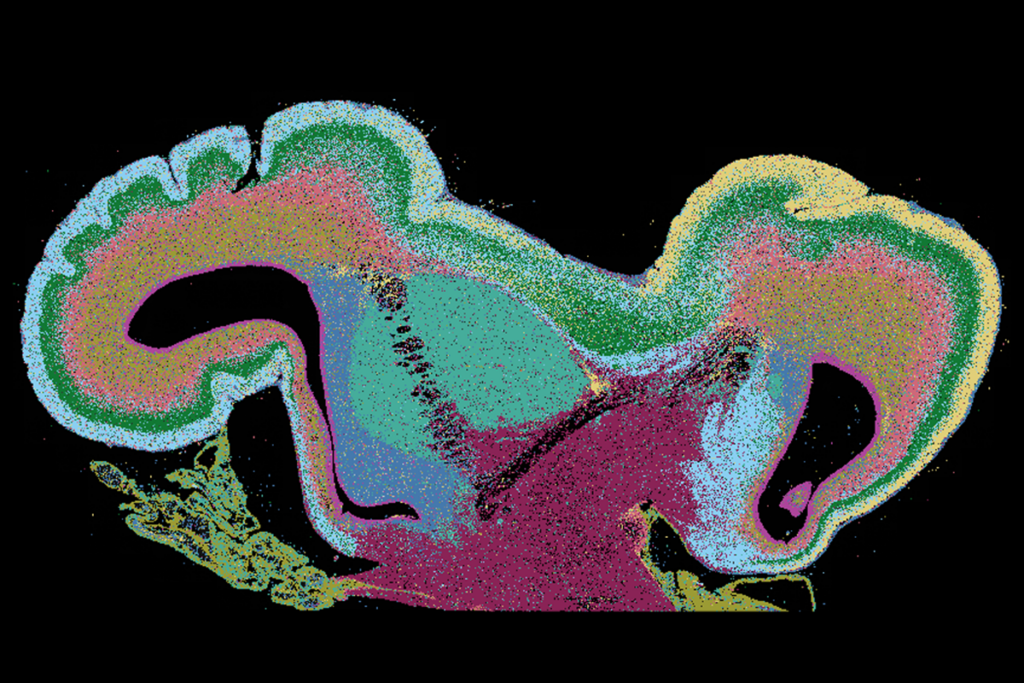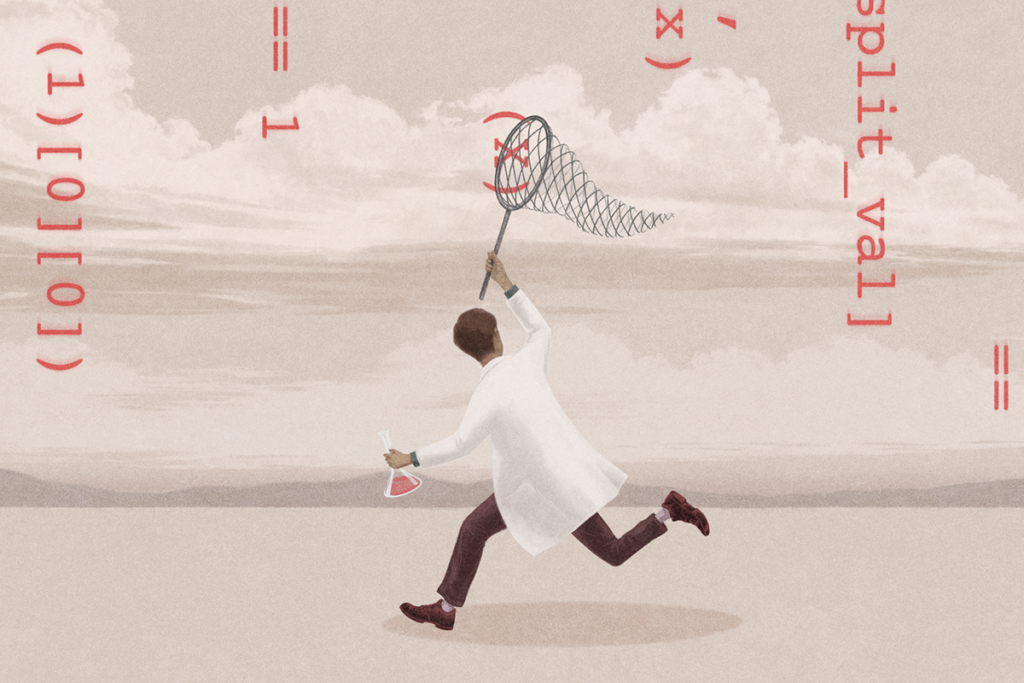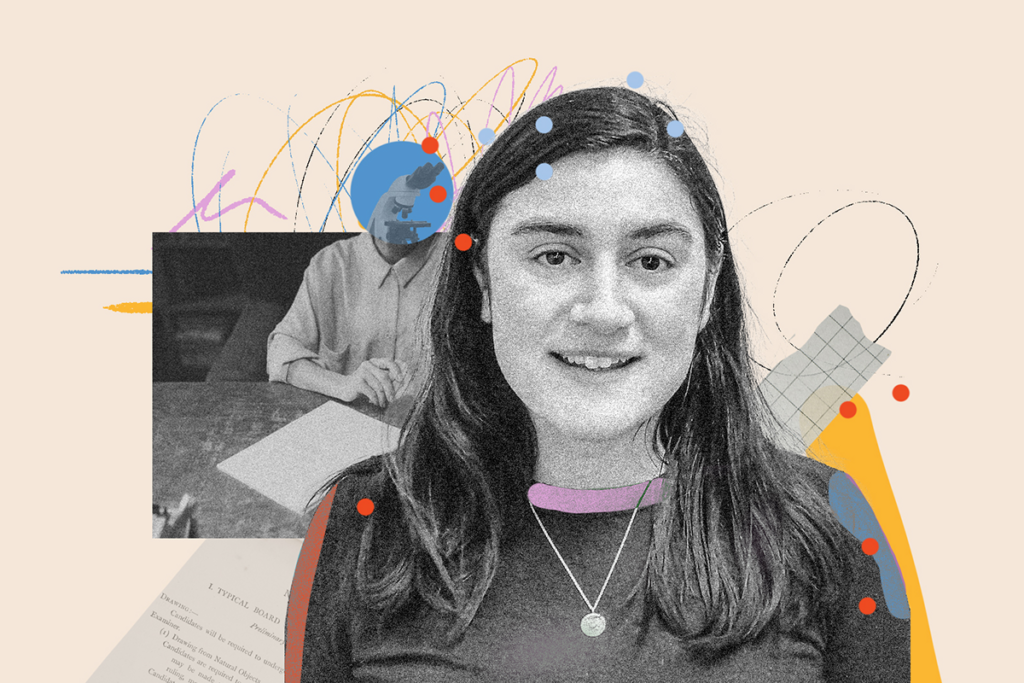Video: Unrolling the motor deficit in autism
In a video interview at the 2012 Society for Neuroscience annual meeting in New Orleans, Stewart Mostofsky discusses the links between social and motor skills.
Although problems with motor skills don’t constitute a core symptom of autism, they frequently appear in people with the disorder.
Beginning in the first few months of life, children later diagnosed with autism may have trouble sitting up and using their limbs. Later on, many of them are clumsy, have abnormal gait and struggle with fine motor skills. Several autism-related syndromes, such as Phelan-McDermid, are characterized by low muscle tone.
Stewart Mostofsky, director of neurocognitive and imaging research at the Kennedy Krieger Institute in Baltimore, has led several high-profile studies of motor learning in autism.
On Sunday at the 2012 Society for Neuroscience annual meeting in New Orleans, Mostofsky explained how children with the disorder rely on ‘proprioception’ — sensory feedback from their own body — when learning to use a new tool.
For more reports from the 2012 Society for Neuroscience annual meeting, please click here.
Recommended reading

New organoid atlas unveils four neurodevelopmental signatures

Glutamate receptors, mRNA transcripts and SYNGAP1; and more

Among brain changes studied in autism, spotlight shifts to subcortex
Explore more from The Transmitter
Can neuroscientists decode memories solely from a map of synaptic connections?

AI-assisted coding: 10 simple rules to maintain scientific rigor
